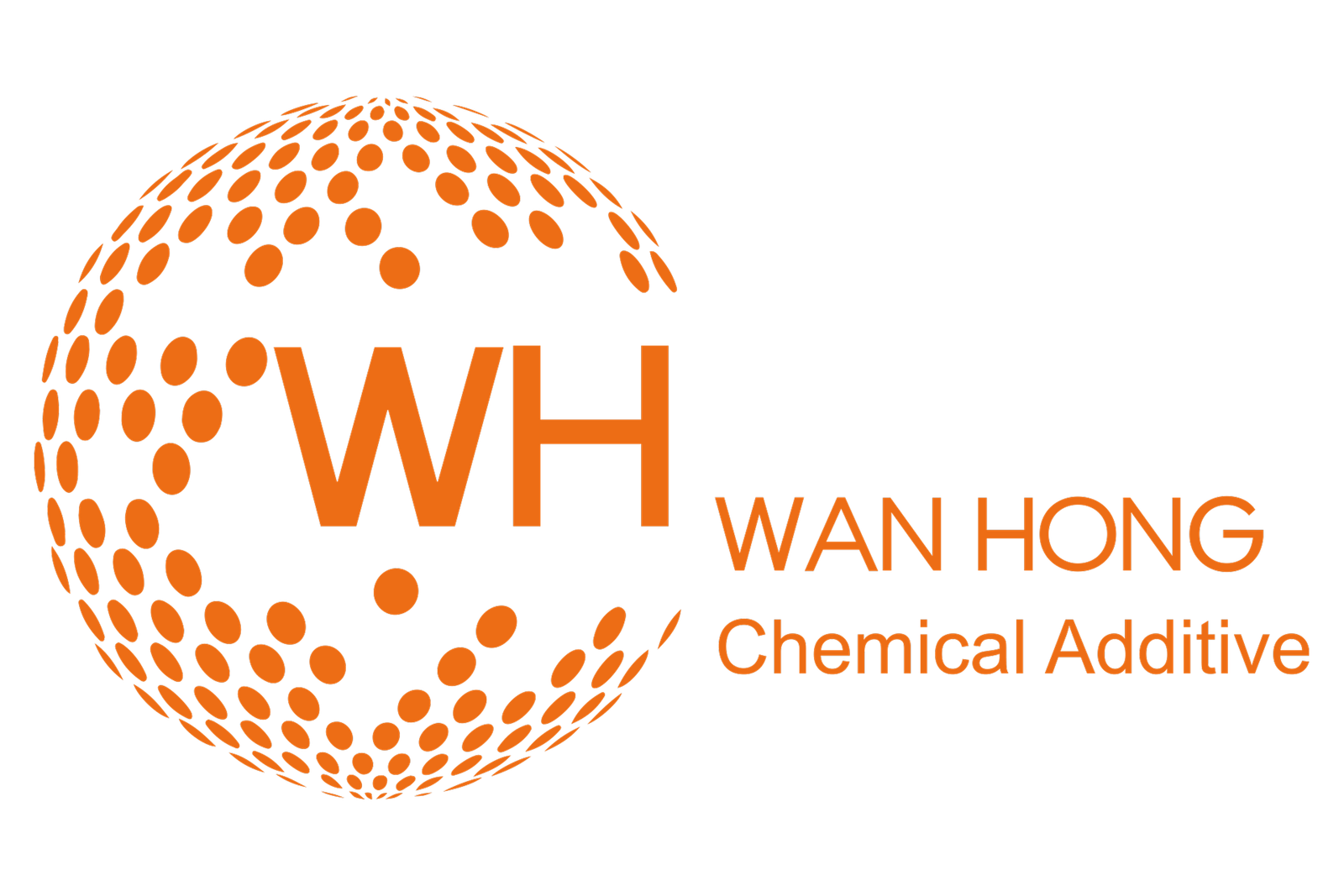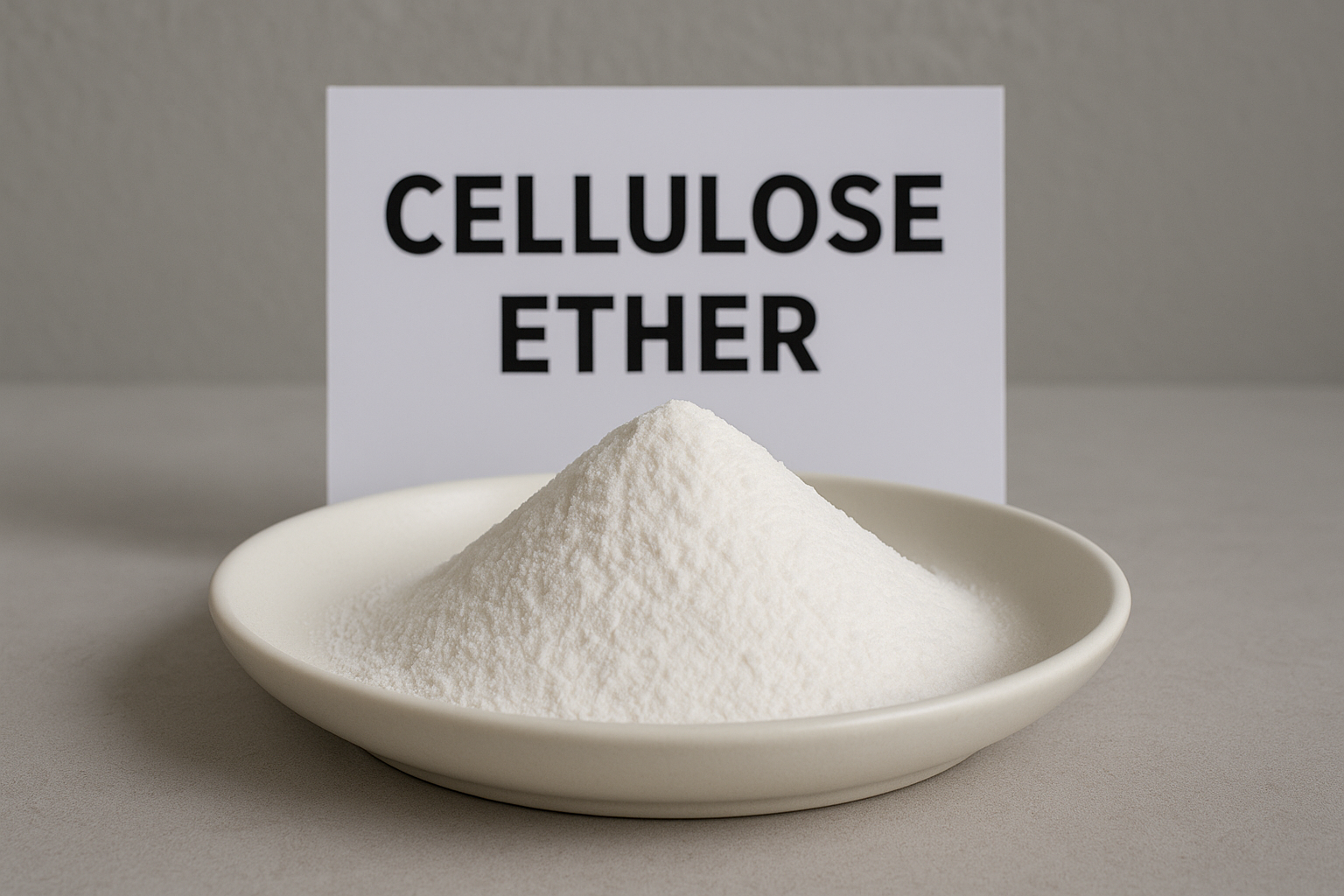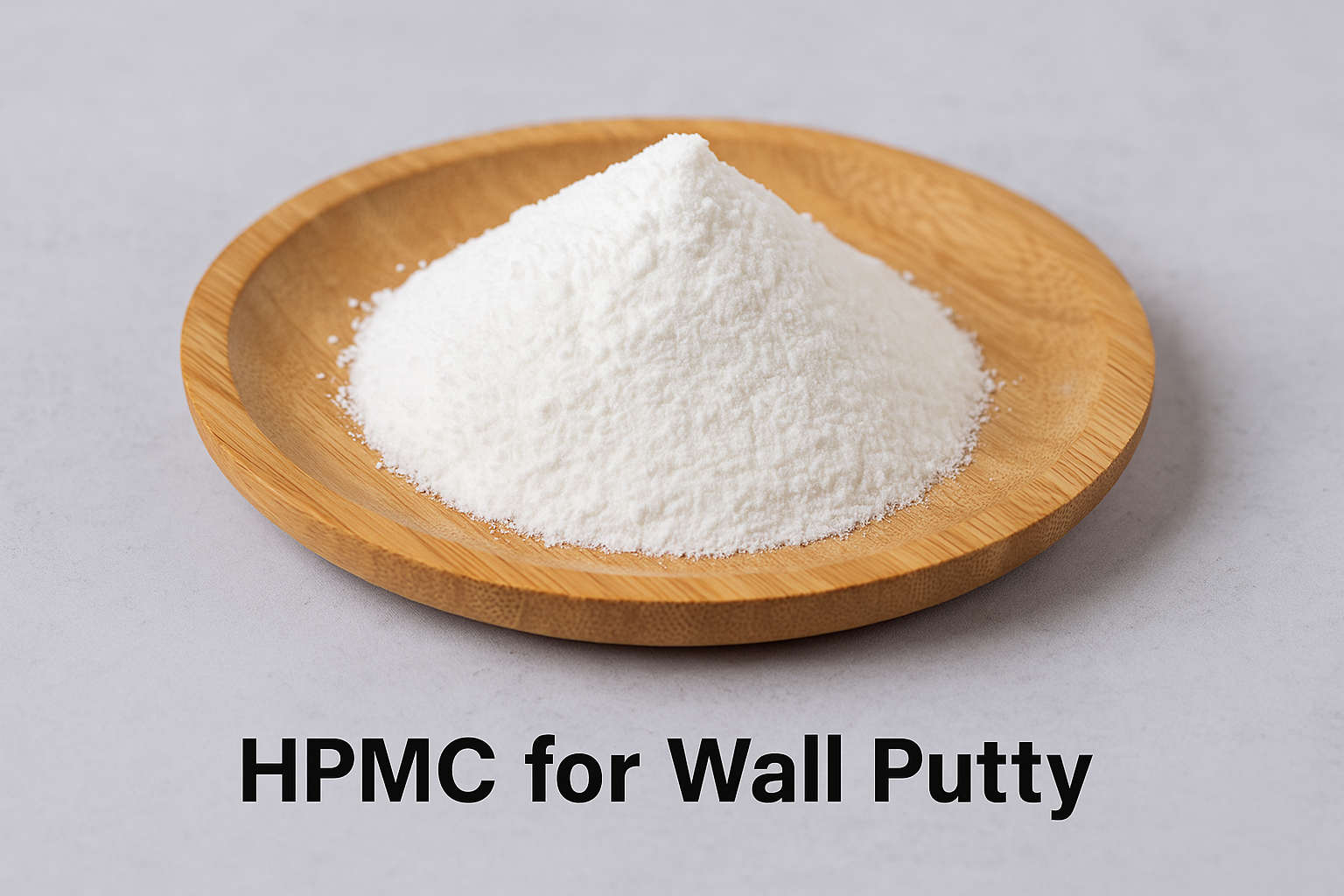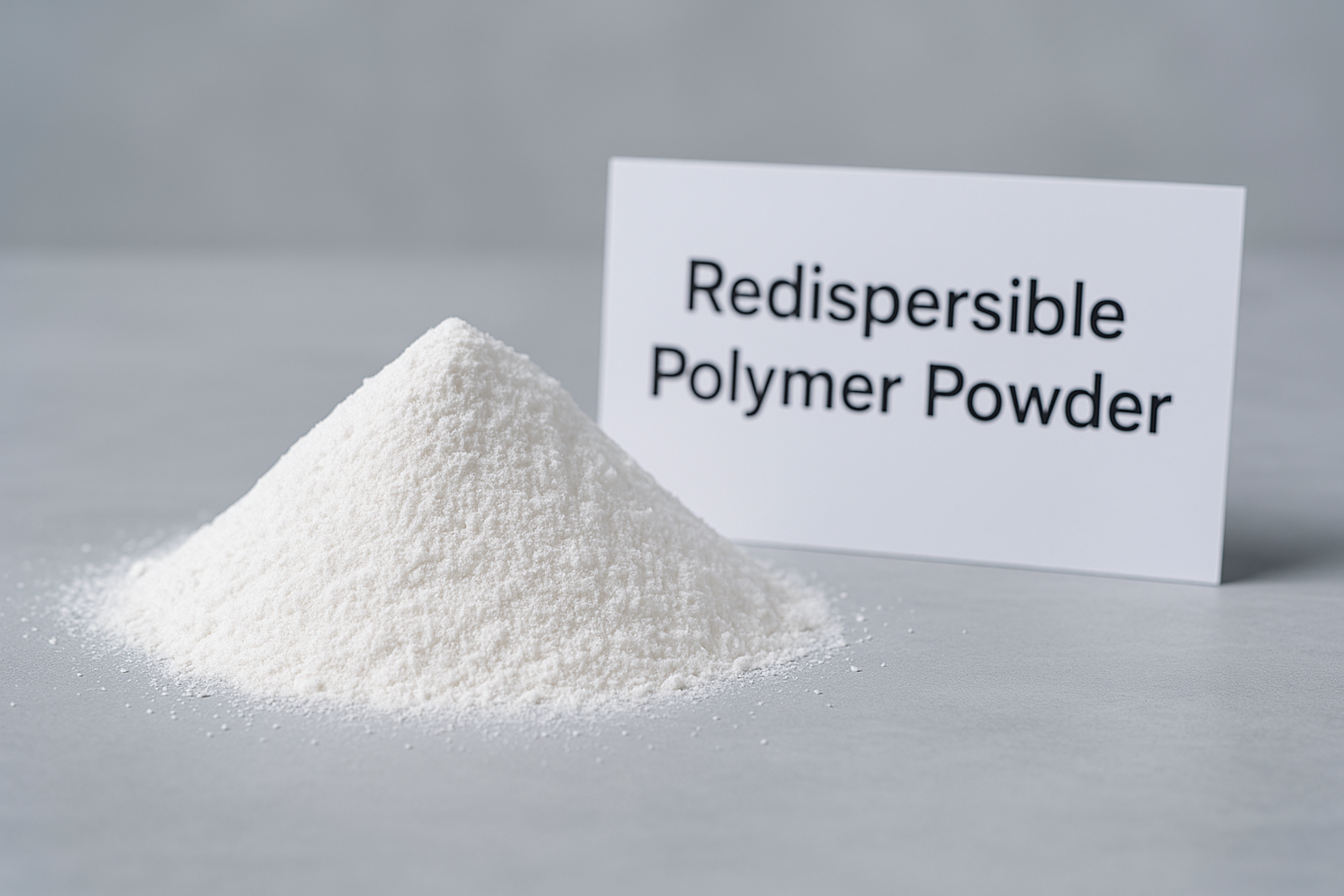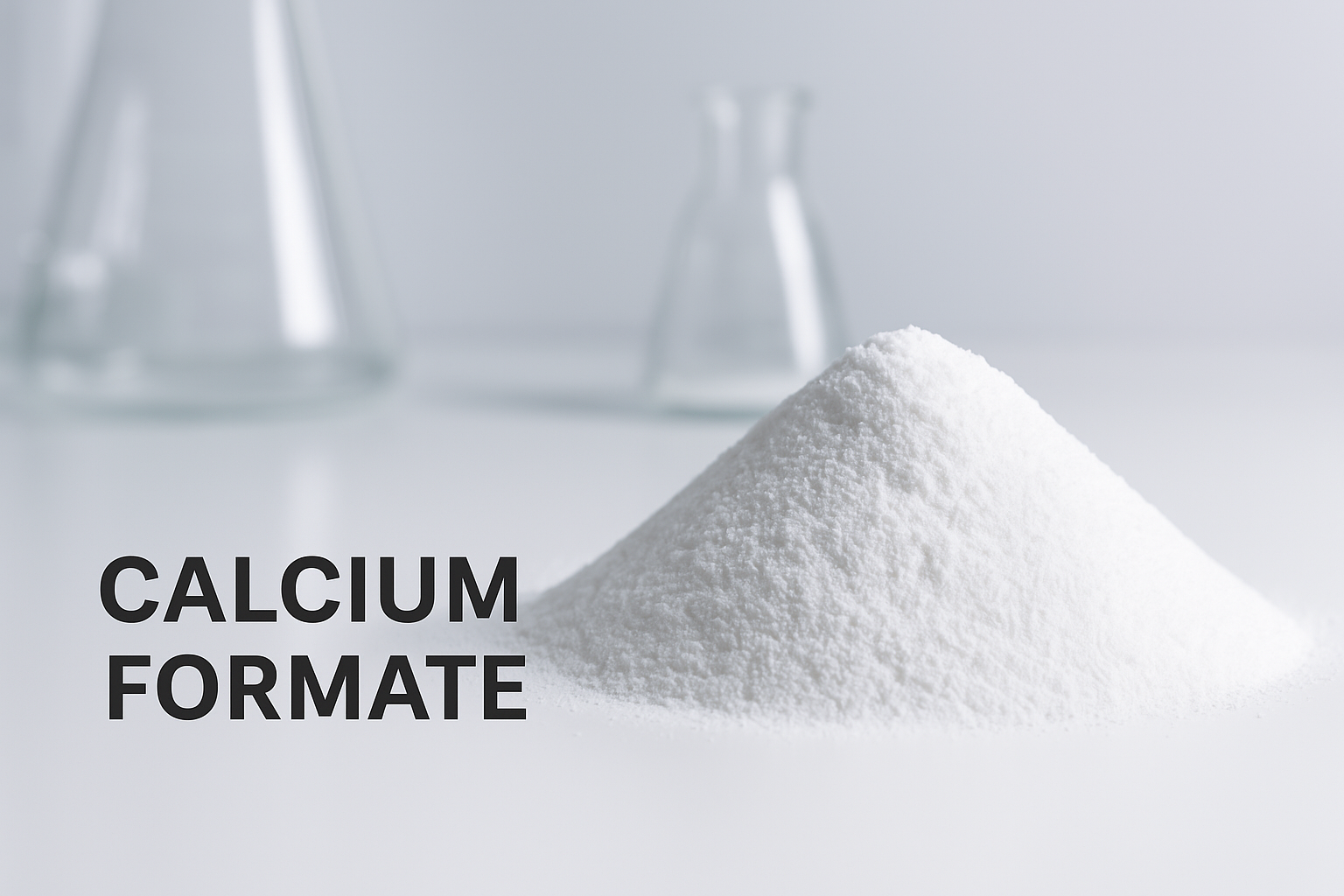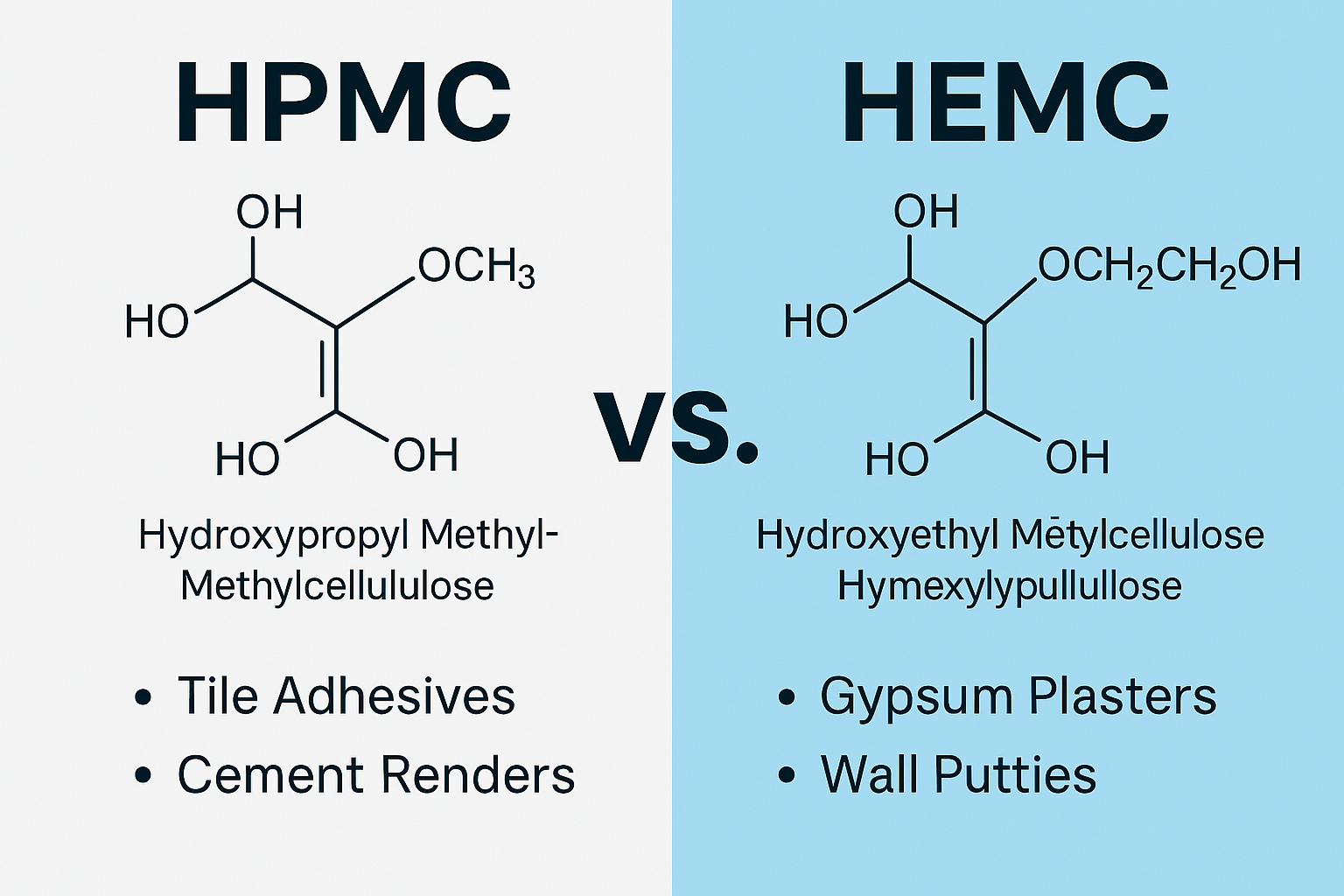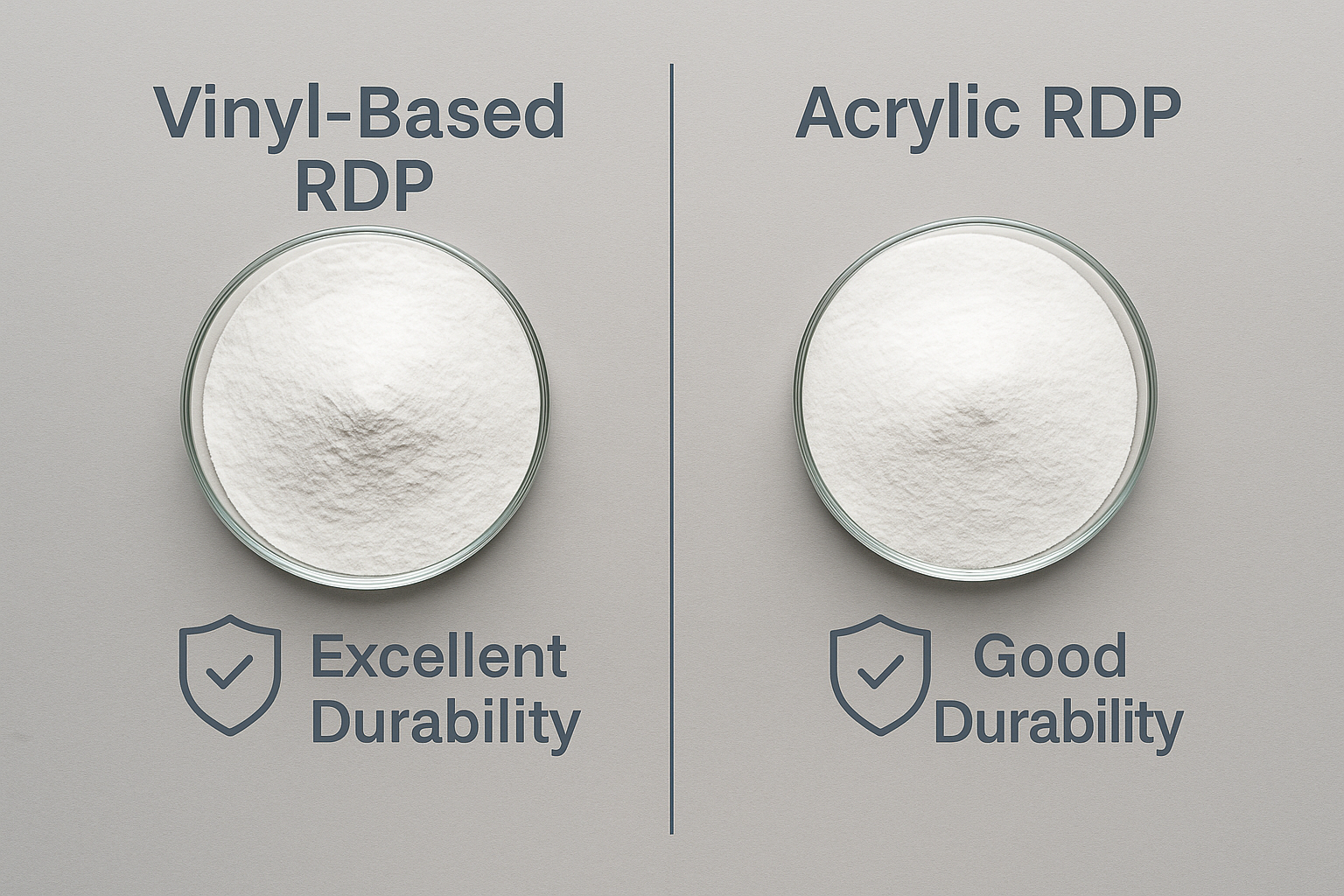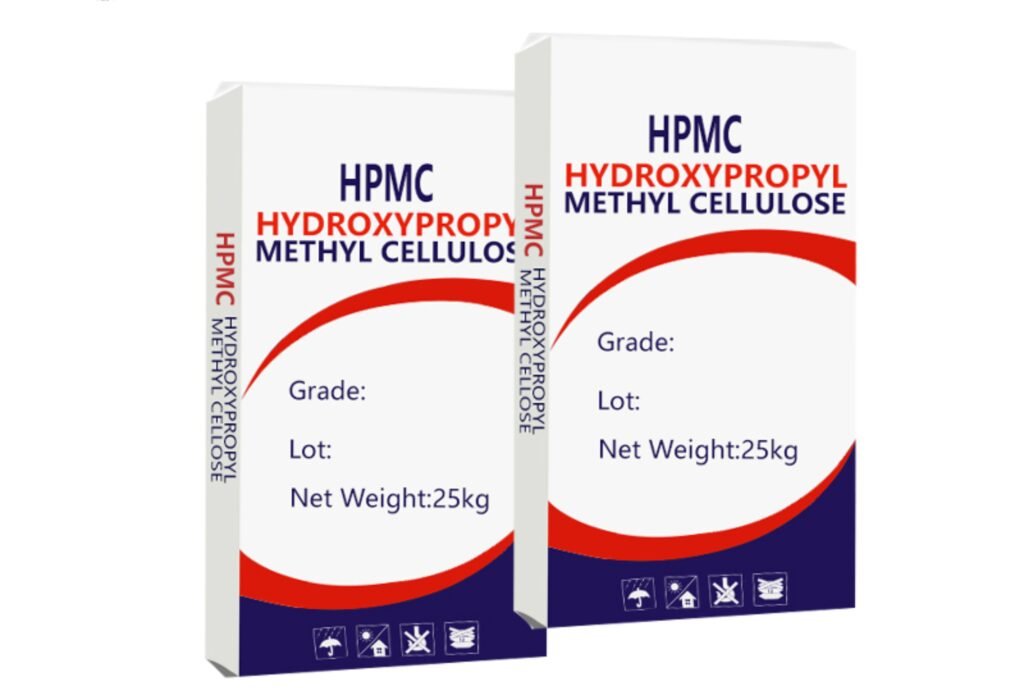Are you struggling to understand cellulose ethers and their complex properties? Many manufacturers face challenges selecting the right type for their products. I'll help clarify everything you need to know.
Cellulose ether is a modified cellulose derivative made by replacing hydrogen atoms in cellulose hydroxyl groups with alkyl or hydroxyalkyl groups. The key products include HPMC, MC, CMC, and HEC, widely used as thickeners and binders.
As a manufacturer with over 15 years of experience in cellulose ethers, I've seen firsthand how crucial it is to understand these materials. Let me break down everything you need to know about cellulose ethers.
What is Cellulose Ether?
Many customers ask me about the basics of cellulose ethers. Without proper knowledge, choosing the wrong type can lead to product failures and wasted resources.
Cellulose ether is a water-soluble polymer derived from natural cellulose through chemical modification. It's created by treating cellulose with sodium hydroxide and various etherifying agents to improve its properties.
The transformation from natural cellulose to cellulose ether1 involves several key steps. First, we take raw cellulose, usually from cotton linters or wood pulp. Then we treat it with strong alkali (typically sodium hydroxide) to break hydrogen bonds and make it more reactive. Finally, we add etherifying agents like propylene oxide, methyl chloride, or monochloroacetic acid.
The resulting product inherits the basic structure of cellulose but gains new properties. These include:
- Water solubility (unlike natural cellulose)
- Thickening capability
- Film-forming ability
- Temperature sensitivity
- Surface activity
I remember when I first started in this industry, many customers didn't understand the difference between cellulose and cellulose ether. This basic understanding is the foundation for making informed product choices.
DS and MS in Cellulose Ethers
Understanding DS (Degree of Substitution) and MS (Molar Substitution) can be confusing. Making the wrong choice here can severely impact your product performance.
DS represents the average number of hydroxyl groups substituted per glucose unit (range 0-3), while MS indicates the average number of substituent groups attached to each original hydroxyl group.

These parameters are crucial because they determine the final properties of cellulose ethers. In my experience working with construction material manufacturers, I've found that:
Impact on Properties
- Water solubility: Generally increases with DS up to a point, then decreases
- Viscosity: Changes with both DS and molecular weight
- Thermal stability: Improves with higher DS
- Binding strength: Varies based on substitution pattern
Practical Applications
- Low DS (0.4-1.0): Better water solubility, used in fast-dissolving applications
- Medium DS (1.0-2.0): Balanced properties, most common in construction materials
- High DS (2.0-3.0): Enhanced stability, used in harsh environments
Last year, I worked with a customer who was experiencing inconsistent setting times in their tile adhesive. After analyzing their formula, I discovered they were using a cellulose ether with inadequate DS for their application. Switching to a product with the right DS solved their problem immediately.
Cellulose Ether Manufacturing Process
The manufacturing process directly affects product quality. I often find customers don't realize how production methods impact the final performance of cellulose ethers.
Cellulose ether manufacturing2 involves alkaline treatment of pure cellulose, followed by etherification reactions with specific reagents under controlled conditions. The process requires precise temperature control and reaction parameters.

Our factory uses a multi-stage manufacturing process that ensures consistent quality:
Stage 1: Raw Material Preparation
- Cellulose purification to remove lignin and hemicellulose
- Alkalization with sodium hydroxide (17-20% concentration)
- Ageing process to ensure uniform reaction
Stage 2: Etherification
- Addition of etherifying agents under controlled conditions
- Reaction at 50-80°C depending on the desired product
- Precise control of reaction time to achieve target DS/MS
Stage 3: Post-Processing
- Neutralization of excess reagents
- Washing and purification steps
- Drying and milling to desired particle size
I've personally optimized our production lines to minimize batch-to-batch variation. Our quality control team tests each batch for viscosity, substitution degree, moisture content, and application performance to ensure consistency.
The right manufacturing process makes all the difference. Some of our competitors use shortcuts that result in inconsistent products. We invest in advanced equipment and strict protocols because we know this directly affects your final product quality.
Properties of Cellulose Ether
Every week, I get questions about cellulose ether properties. The wrong understanding can lead to application failures and quality issues.
Cellulose ethers exhibit unique properties including water solubility, thickening ability, surface activity, film-forming capability, and temperature sensitivity. These properties vary based on the type and modification degree.
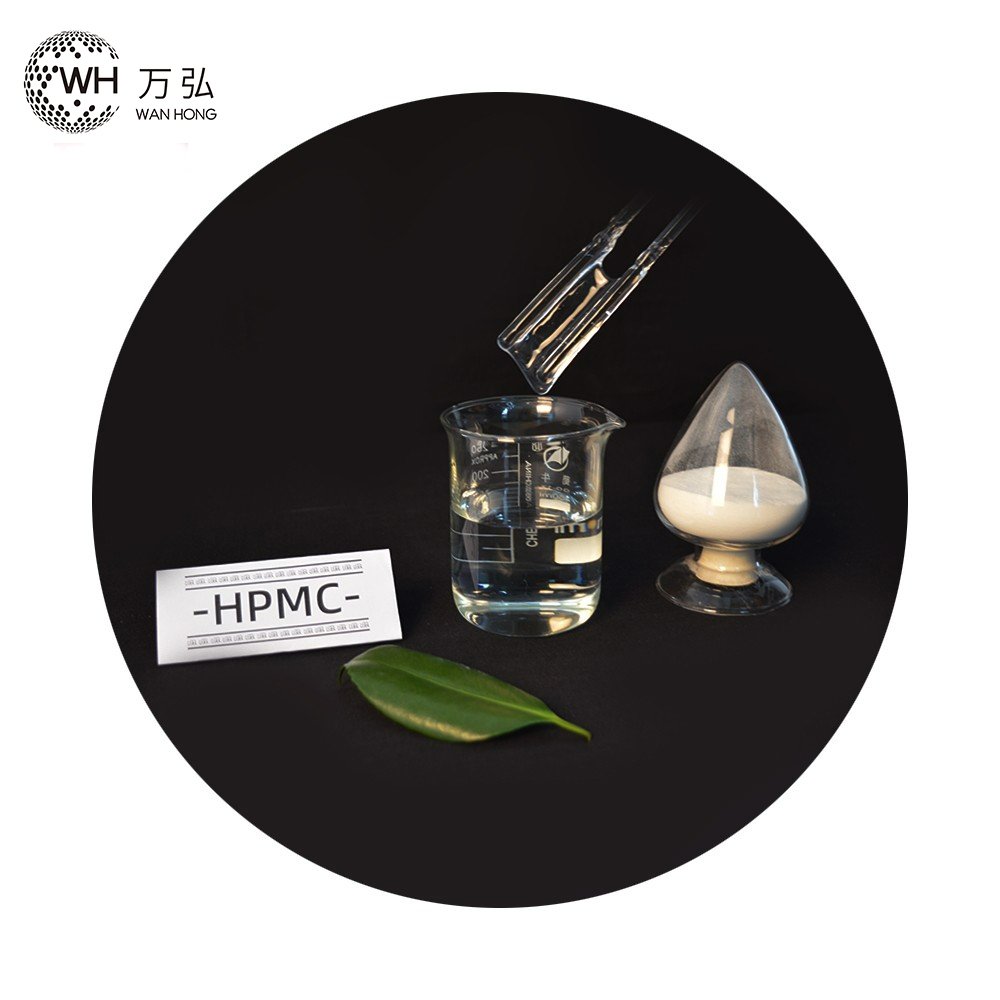
From working with hundreds of customers across different industries, I've compiled this summary of critical properties:
Physical Properties
- Appearance: White or yellowish powder
- Particle size: Typically 100-200 mesh (adjustable)
- Bulk density: 0.25-0.70 g/cm³
- Moisture content: Usually below 5%
Performance Properties
| Property | Range | Application Impact |
|---|---|---|
| Viscosity | 100-100,000 mPa·s | Determines thickening power and workability |
| Solubility | pH and temperature dependent | Affects dissolution speed and application method |
| pH stability | 3-13 for most types | Crucial for compatibility with other ingredients |
| Gel temperature | 20-70°C depending on type | Important for hot/cold application conditions |
| Water retention | 50-99% | Critical for cement-based materials setting time |
The properties of cellulose ethers can be tailored to specific applications. For instance, we developed a special HPMC grade for customers in Saudi Arabia, where high temperatures affect construction material performance. This grade has higher gel temperature and improved water retention to compensate for rapid water evaporation in hot climates.
Key Types of Cellulose Ethers
Choosing the wrong type of cellulose ether for your application is a common mistake. Each type has specific advantages and limitations that must be understood.
The main types of cellulose ethers include Methylcellulose (MC), Hydroxypropyl Methylcellulose (HPMC), Carboxymethyl Cellulose (CMC), Hydroxyethyl Cellulose (HEC), and Ethyl Cellulose (EC). Each type has distinct properties based on its chemical modification.

I've worked extensively with all these types and can share these insights:
Methylcellulose (MC)
- Simplest form with methyl substitution
- Surface active with strong film-forming ability
- Forms firm gels when heated
- Common in construction adhesives and food products
Hydroxypropyl Methylcellulose (HPMC)3
- Contains both methyl and hydroxypropyl groups
- Better water solubility than MC
- Excellent water retention
- Thermal gelation properties
- Our most popular product for construction materials
Carboxymethyl Cellulose (CMC)4
- Contains carboxymethyl groups
- Highly hydrophilic and fast dissolving
- Stable across wide pH range
- Common in detergents, food, and drilling fluids
Hydroxyethyl Cellulose (HEC)
- Contains hydroxyethyl groups
- High thickening efficiency
- No thermal gelation
- Popular in paints, cosmetics, and some construction applications
Ethyl Cellulose (EC)5
- Contains ethyl groups
- Unique as it's water-insoluble but soluble in organic solvents
- Used in controlled release applications
I often help customers transition between different types when they're looking to improve their products. For example, one paint manufacturer switched from HEC to HPMC in their water-based paints after experiencing stability issues. The HPMC provided better storage stability and improved application properties.
Major Cellulose Products in the Market
The market offers numerous cellulose ether products with different specifications. Without proper knowledge, you might pay for premium grades when standard ones would work fine.
The major cellulose ether products on the market include HPMC (various viscosities from 100-200,000 mPa·s), CMC (technical to pharmaceutical grades), MC (food and industrial grades), HEC (different modification levels), and specialized blends for specific applications.
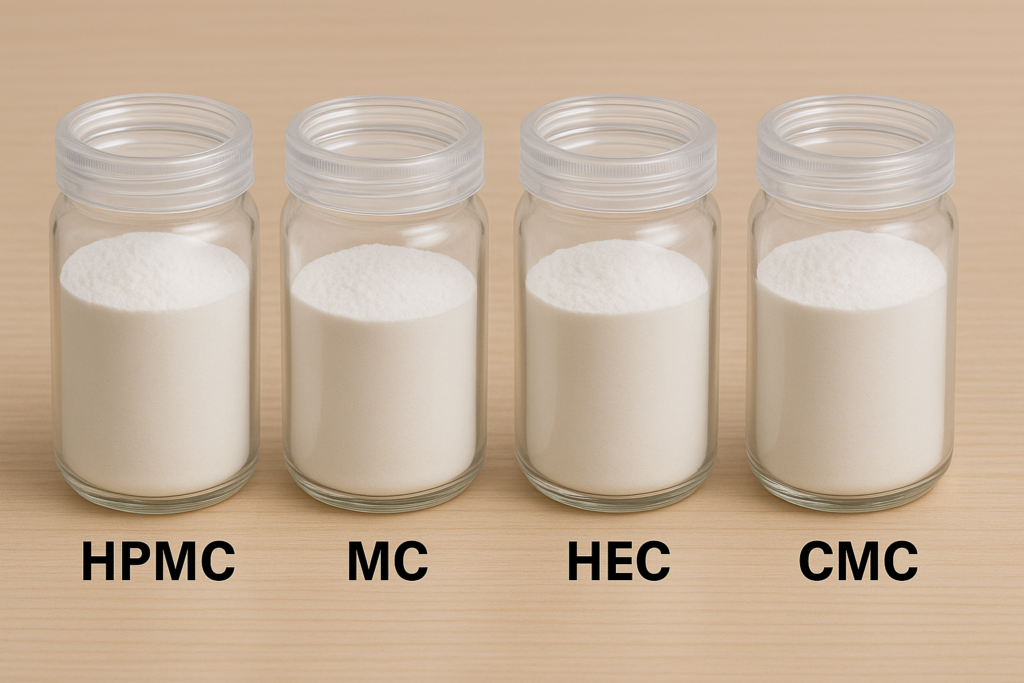
In our factory, we produce a wide range of products to meet different application needs:
HPMC6 Product Range
| Grade | Viscosity (mPa·s) | Methoxyl Content | Hydroxypropoxyl Content | Main Applications |
|---|---|---|---|---|
| HPMC K4M | 4,000 | 19-24% | 7-12% | Tile adhesives, renders |
| HPMC K15M | 15,000 | 19-24% | 7-12% | Plasters, EIFS systems |
| HPMC E5 | 5 | 28-30% | 7-12% | Pharmaceutical, food |
| HPMC J75M | 75,000 | 16-20% | 10-14% | Special construction materials |
CMC Product Range
- Technical grade (purity 55-65%): For detergents and low-cost applications
- Industrial grade (purity 65-85%): For textile, paper industries
- Food grade (purity >95%): For food applications
- Pharmaceutical grade (purity >99.5%): For medicine and cosmetics
Other Products
- MC with various methoxyl contents
- HEC with different molar substitutions
- Specialized blends with additives for specific applications
We also offer customized products7. Recently, we developed a special HPMC grade for a customer in Brazil who needed exceptional water retention and extended workability for their external renders in tropical conditions. This involved adjusting the hydroxypropyl content and molecular weight distribution.
What is Cellulose Ether Used for?
Many industries use cellulose ethers, but each application requires specific properties. Using the wrong grade can lead to poor performance even if it's the right type.
Cellulose ethers are used in construction materials (tile adhesives, renders, mortars), pharmaceuticals (tablet binding, controlled release), personal care products (shampoos, lotions), food (thickeners, stabilizers), paints (rheology modifiers), and industrial applications (mining, oil drilling).

Based on my experience working with customers in various industries, here are the key applications:
Construction Applications
- Tile adhesives: HPMC improves water retention and open time
- Renders and plasters: HPMC enhances workability and sag resistance
- Self-leveling compounds: HPMC controls flow properties
- Cement-based waterproofing: HPMC improves water resistance and flexibility
Paint and Coating Applications
- Water-based paints: HEC and HPMC serve as thickeners
- Latex paints: Cellulose ethers provide stability and application properties
- Architectural coatings: Improve spatter resistance and film formation
Other Industrial Applications
- Ceramics: As binders in ceramic processing
- Oil drilling: CMC in drilling fluids for viscosity control
- Mining: As flocculants and viscosity modifiers
- Textiles: As sizing agents and printing paste thickeners
One interesting case I handled was with a customer in India who manufactures exterior wall putty. They were experiencing cracking issues in their finished product. After analyzing their formula, I recommended switching from their current low-viscosity HPMC to a medium-viscosity grade with higher hydroxypropyl content. This simple change eliminated the cracking issues and improved the workability of their product.
Conclusion
Cellulose ethers are versatile materials with properties that can be tailored to specific applications. Understanding their types, manufacturing processes, and key properties is essential for selecting the right product for your needs.
Buy Reliable Cellulose Ether from China Supplier
As a leading manufacturer in China with six production lines, Wanhong offers premium cellulose ethers with consistent quality and customizable specifications. Our products are exported to Saudi Arabia, UAE, India, Brazil, and many other countries.
Contact me at ada@whhpmc.com for professional consultation or visit www.whhpmc.com to explore our full range of products.
-
Explore this link to understand cellulose ether's properties and applications, crucial for making informed product choices. ↩
-
Exploring this topic reveals critical insights into production methods that can significantly enhance the performance of cellulose ethers. ↩
-
Explore the advantages of HPMC in construction materials to enhance product performance and stability. ↩
-
Learn about CMC's versatile applications across industries like food and detergents for better product formulation. ↩
-
Discover how EC is utilized in controlled release applications to improve product efficiency and effectiveness. ↩
-
Discover the significance of HPMC in construction and pharmaceuticals, and how it can benefit your projects. ↩
-
Learn about the process of developing customized cellulose ether products to meet unique application needs, ensuring optimal performance. ↩
